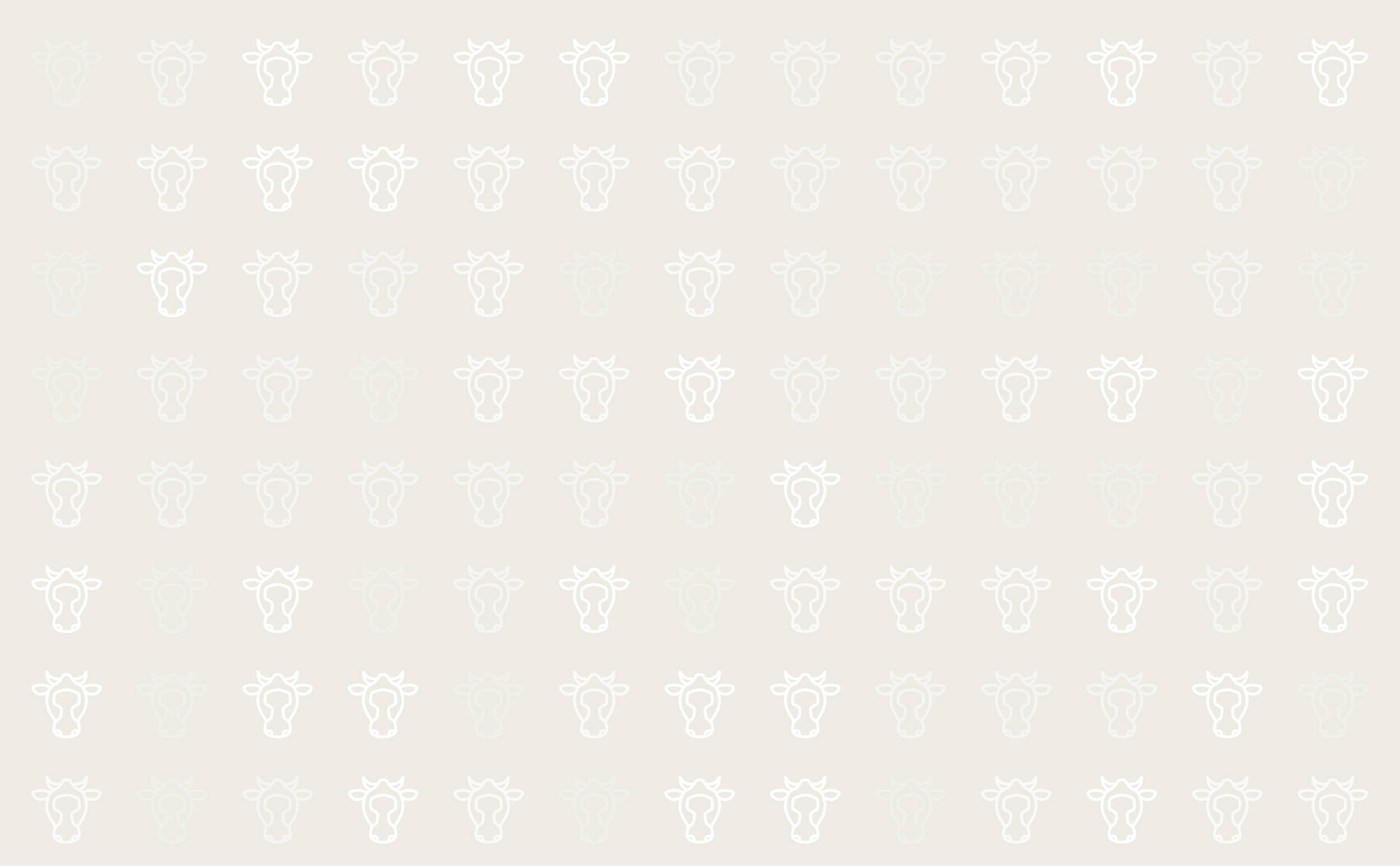



Ringworm in Cattle
Cause
Ringworm is one of the commonest skin diseases in such cattle. Ringworm is a transmissible infectious skin disease caused most often by Trichophyton verrucosum, a spore forming fungi.
The spores can remain alive for years in a dry environment. It occurs in all species of mammals including cattle and man. Although unsightly, fungal infections cause little permanent damage or economic loss. Direct contact with infected animals is the most common method of spreading the infection.
Symptoms
- Grey-white areas of skin with an ash like surface
- Usually circular in outline and slightly raised
- Size of lesions very variable, can become very extensive
- In calves most commonly found around eyes, on ears and on back, in adult cattle chest and legs more common
Treatment
Ringworm will usually heal itself without treatment, however this can take up to nine months.
Topical treatment, application of the medication directly onto the lesion, is the usual procedure. Medication cannot penetrate the crusts; the crusts should be removed by scraping or brushing. They should be collected and burned to avoid contaminating the premises. Lesions should be treated at least twice, three to five days apart.
Prevention
The environment is a major source of infective fungi. Effective control of ringworm will only occur if the environment is properly cleaned and disinfected. This must be done between each batch of animals.
Vaccination is available in some countries.
Reducing the density of animals and direct contact in addition to increased exposure to sunlight and being maintained on dry lots help prevent the spread between animals.

